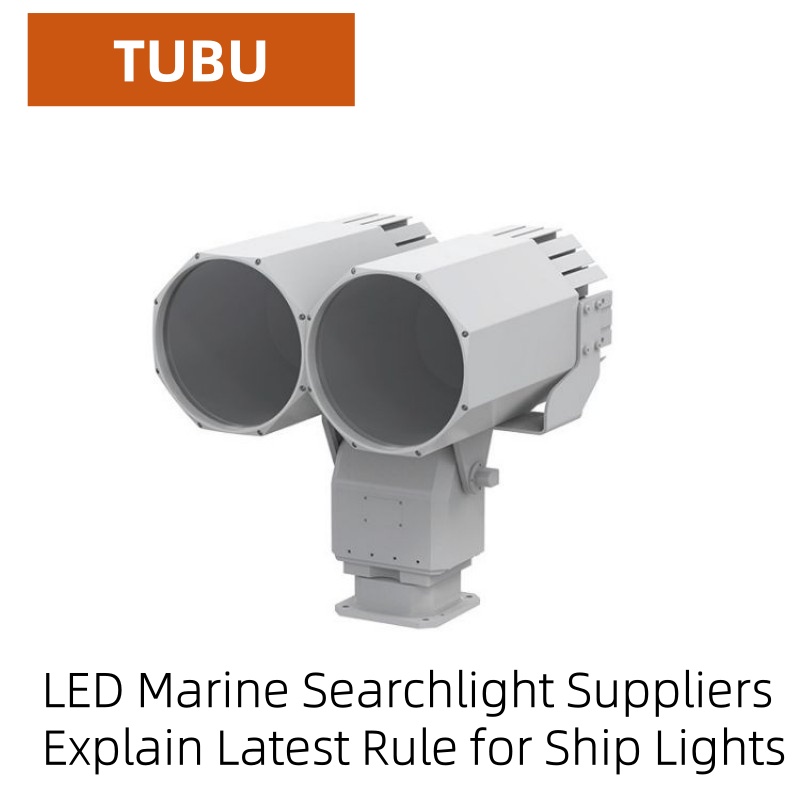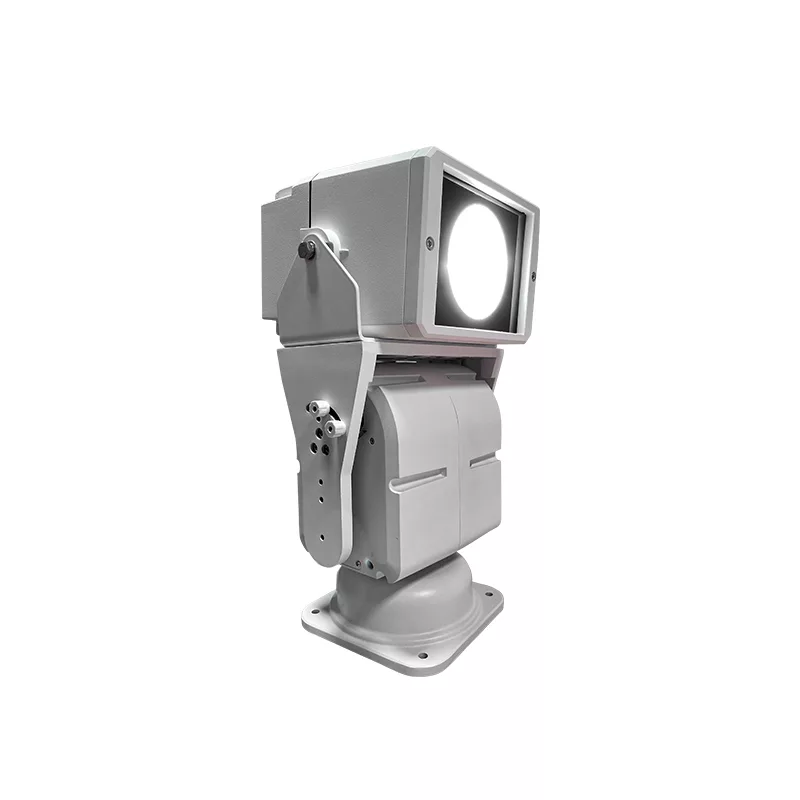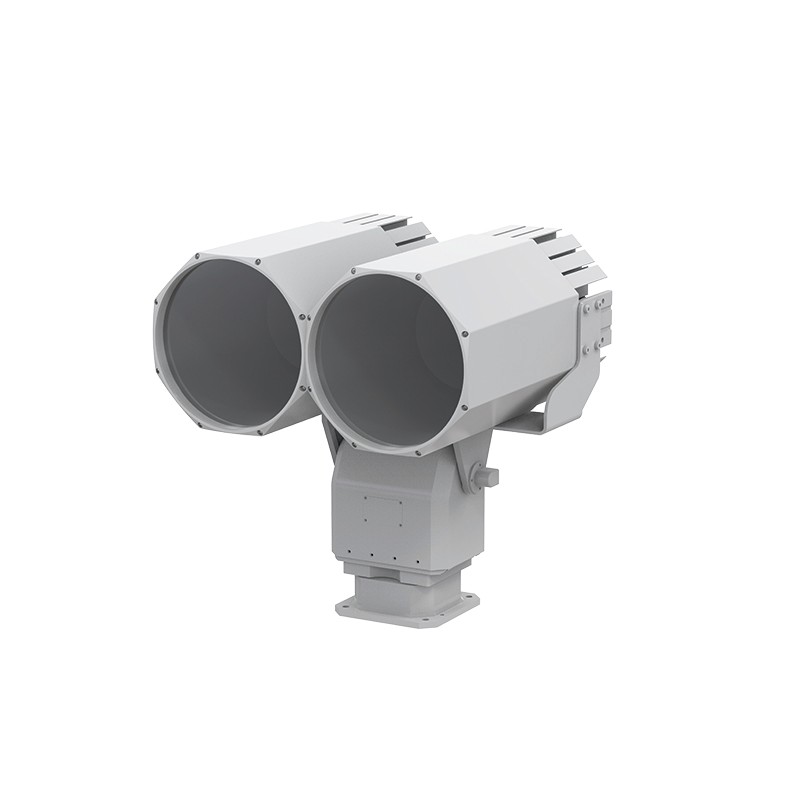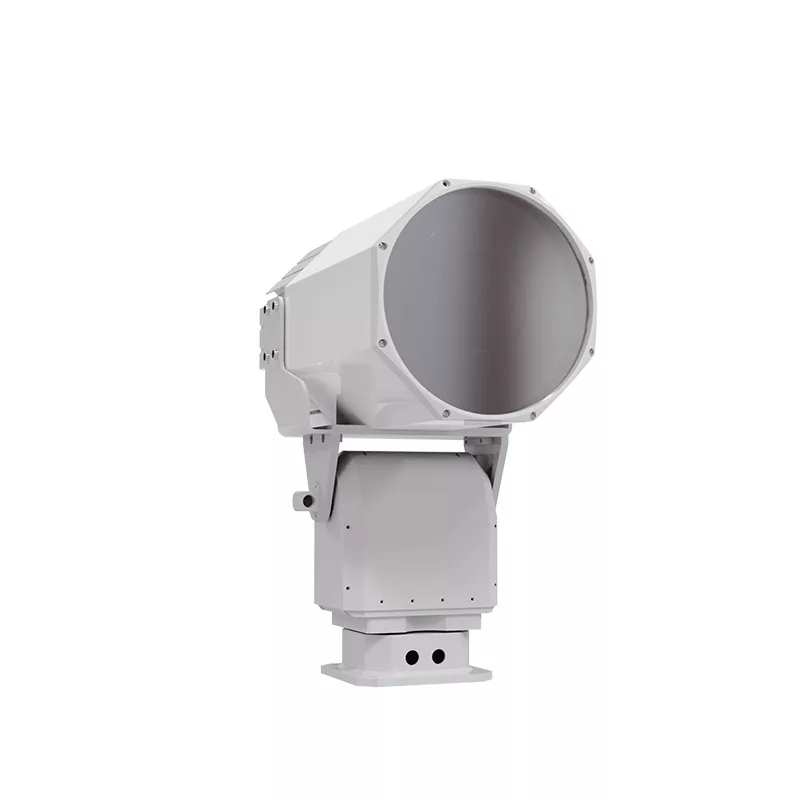Ship luminaire specification to ensure the double standard of navigation safety and environmental protection. As a supplier of TUBU in China, we are well aware of the important role of ship lamps in the safe operation of ships. Marine luminaires are not only a guarantee for the safety of night navigation and operation of ships, but also a reflection of modern ships' requirements on lighting performance, energy efficiency and environmental protection. Today, we will discuss the standardization of marine lamps and how we are committed to providing quality products that meet these standards.

Classification and Function of Marine Luminaires
Ship lamps and lanterns can be categorized into navigation lamps, signal lamps, deck lamps, cabin lamps, emergency lamps and so on according to their usage.
Specific functions and use environment of lamps and lanterns
Navigation light. Indicates the position and direction of the ship under navigation, including mast light, port light and tail light. The installation position, arc of light, visibility distance and chromaticity of these lamps are strictly regulated to ensure that the ship can be accurately identified by other ships at night or in low visibility.
Signal Lights. Provide information on the status or light language of the ship, including ring lights, mooring lights, flashing lights and communication flashing lights. These lights are used for communication and avoidance between ships to ensure safe navigation.
Deck lights, cabin lights. Used for lighting the interior of the ship and on the deck to ensure that the crew can operate properly at night or in low light conditions.
Emergency lights. Provide lighting in emergency situations to ensure that the crew can quickly take countermeasures to protect personal and property safety.
The standardization of ship lamps and lanterns
The standardization of ship lamps and lanterns is crucial to ensure the safe operation of ships.
Ship lamps and lanterns main specification standards
Light source and light efficiency. The light source should be long-life, such as LED lights. The light effect of the luminaire meets the minimum standards of the International Maritime Organization (IMO) to ensure the lighting effect and energy efficiency.
Waterproof performance. Luminaires must have good waterproof performance to adapt to the harsh marine environment. This requires that the luminaire's housing material and sealing structure be able to withstand seawater erosion.
Impact resistance. Lamps should be able to withstand a certain degree of impact, to ensure that the ship vibration or collision is not damaged. This requires that the materials and structure of the lamps and lanterns have sufficient strength and toughness.
Corrosion resistance. Luminaire materials should have good corrosion resistance to adapt to salt spray erosion in the marine environment. This usually requires the use of stainless steel, aluminum alloy and other corrosion-resistant materials.
Installation location and signaling rules. The installation position of navigation lights and signals should be in accordance with the ship design specification and international signaling rules to ensure the lighting effect and clear visibility of signals.
Energy efficiency and environmental protection. The ship's lamps and lanterns should comply with international energy-efficiency standards to reduce energy consumption and ship operating costs. Meanwhile, the design and manufacture of lamps and lanterns should follow the principle of environmental protection and reduce the use of harmful substances, such as mercury.



Efforts and Commitments of TUBU China Suppliers
As a TUBU China supplier, we have always been committed to providing high quality ship lamps and lanterns that comply with the standards of the International Maritime Organization (IMO) and the norms of the national maritime administrations. We understand the importance of marine luminaires to navigation safety, so we strictly follow the relevant standards in product design, manufacturing and testing.
Our products are characterized by
Energy efficient. Adopt LED and other high-efficiency light sources to reduce energy consumption and improve energy efficiency.
Waterproof and anti-corrosion. Adopting high quality materials and advanced technology to ensure that the lamps have good waterproof performance and corrosion resistance.
Strong impact resistance. Lamps and lanterns material and structure design are reasonable, can withstand a certain degree of impact, to ensure normal operation in harsh environments.
Clear signal. The light arc, visibility distance and chromaticity of navigation lights and signals are in line with international signaling rules, ensuring that the signals are clearly visible.
Environmental protection and safety. Reduce the use of harmful substances, in line with environmental requirements. At the same time, we provide perfect after-sales service to ensure that the problems encountered by users in the process of use can be solved in a timely manner.
In conclusion, as a supplier of TUBU China, we will continue to devote ourselves to providing high quality marine lamps and lanterns that comply with the norms and standards. We believe that through our efforts and commitment, we will be able to contribute to the safe operation of ships and the sustainable development of the marine environment.
